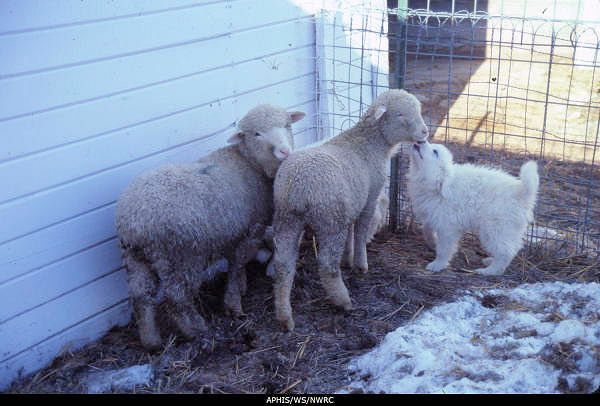Ovis aries: More about Mary's Little Lamb
From the Wild to the Home
Since their domestication, sheep have evolved in both a physical and behavioral manner.
Physical Changes:
·
Physical changes due to
domestication in sheep were observed by 6000 -5000 B.C.
·
Compared to wild sheep,
domestic sheep have shorter leg bones.
·
Even though sheep fall into
the family Bovidae whose defining characteristic are horns that
are never shed, there are sheep that have been bred to not have
this feature.
·
Domestic sheep tend to have
longer, fatter tails in comparison to wild sheep. Tails function
as a fat reserve for sheep.
·
The development of fleeces and
various coat colors are indications of human influence on sheep
domestication and breeding.
Behavioral Changes:
· In comparison to
wild sheep, domestic sheep have a higher tolerance for crammed
spaces.
· While wild sheep
are more skittish and on edge, domestic sheep are less fearful
because they are more accustomed to interactions with other
animals and humans.
· Because domestic sheep are less fearful, they are more likely to be prey than wild sheep would be.
· Domestic sheep are less able to deal with adverse conditions such as significant temperature changes and and low food available than wild sheep as well.
